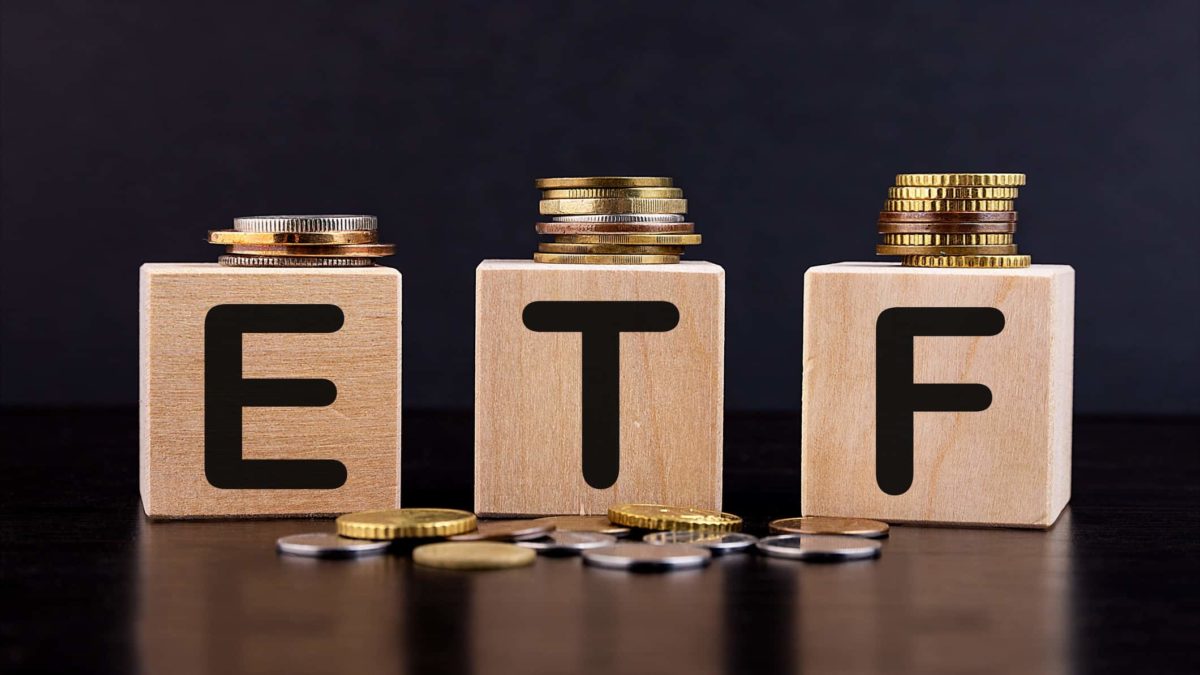One of the traits that many investors find attractive about ASX shares is the dividends. Compared to many other markets around the world, especially the US, ASX shares offer very high dividends on average. Just think, four out of the top six shares on the S&P/ASX 300 Index (ASX: XKO) are the big four banks. And the largest share on our share market by market capitalisation is BHP Group Ltd (ASX: BHP), which has arguably made a name for itself in recent years as a dividend machine. Thus, an exchange-traded fund (ETF) like the Vanguard Australian Shares Index ETF (ASX: VAS) should have the same reputation.
VAS is the most popular ETF on the ASX. It is the only ETF that covers the ASX 300 Index, thus tracking 300 of the largest shares on the share market. And since it holds BHP and the big four banks, as well as other ASX dividend shares like Woolworths Group Ltd (ASX: WOW) and Telstra Corporation Ltd (ASX: TLS), it has some impressive dividend distribution chops of its own to brag about.
As it currently stands, VAS has paid out $4.66 in dividend distributions per unit over the past 12 months. On the current VAS unit price of $93.32, that gives this ETF a trailing yield of 4.99%. That is a very solid yield at any standard.
So how do VAS's dividend distributions stack up?
But at its core, VAS is an index fund, not a dividend ETF. And the ASX has many other ETFs that purely focus on dividend income. So how does VAS' income potential stack up against ETFs that actually prioritise income?
Well, let's investigate. Vanguard itself runs an income-focused fund called the Vanguard Australian Shares High Yield ETF (ASX: VHY). Instead of the 300 or so holdings that VAS boasts, VHY instead only holds 64 dividend-paying shares.
Over the past 12 months, this ETF has paid out a total of $3.22 in dividend distributions per unit. On the current VHY unit price of $68.79, that gives this ETF a trailing yield of 4.68%. So yes, it appears Vanguard's High Yield ETF currently has a lower trailing distribution yield than the Vanguard Australian Shares ETF.
The iShares S&P/ASX Dividend Opportunities ETF (ASX: IHD) is another income-focused fund that is popular on the ASX. It also holds a more concentrated portfolio of ASX dividend payers at 48. Its current trailing yield sits at 5.22%.
So it's a bit of a mixed bag when it comes to high-yield ETFs compared to VAS. A thought to leave on though. Even though the iShares ETF offers the best yield of these three funds, it has returned a total of 5.81% per annum on average over the past 10 years. In contrast, VAS has almost doubled that return over the same period, giving its investors an average of 10.02% per annum. So high yields don't always equate to higher returns.









